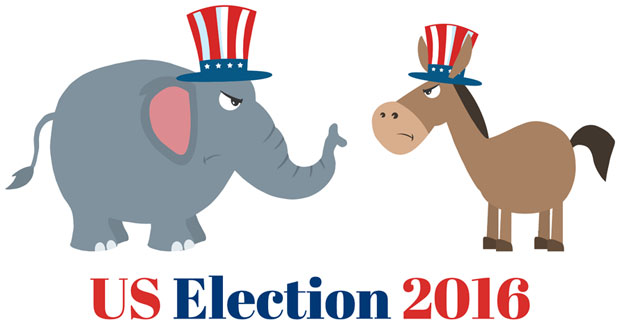Twitter will stream CBS News’ live coverage of the Republication and Democratic National Conventions, the companies announced Monday. Twitter and CBS previously partnered on two presidential primary debates — a Democratic debate last fall and a GOP debate early this year.
In both instances, CBS’ coverage included real-time metrics and curated tweets, and questions Twitter users submitted during the broadcasts were put to the candidates.
“Twitter is the fastest way to find out what’s happening in politics and to have a discussion about it,” said Twitter Chief Financial Officer Anthony Noto.
“By bringing the live discussion of the Republican and Democratic national conventions together with CBSN’s live video stream of the proceedings, we believe we’re giving people around the world the best way to experience democracy in action,” he added.
Changing Demographics
Although the big four networks’ televised coverage of the conventions has declined, cable news channels have filled that void. Still, interest in the conventions has fallen, as the events in recent years have served primarily as coronations for each party’s nominee with little debate on the convention floor.
This year’s Republican and Democratic conventions — in Cleveland and Philadelphia, respectively — have the promise of being more lively and the grim potential of attracting outbursts of violence. The shift toward broadcasting via social media actually could increase voter attention.
“Live-streaming the conventions is a smart move by Twitter,” said Josh Crandall, principal analyst at NetPop Research.
“Twitter has become part of the political dialogue, and maintaining that foothold is more important than ever for the brand now that user growth has leveled off,” he told the E-Commerce Times.
“This makes Twitter into a kind of C-Span for the conventions,” added Greg Sterling, vice president of strategy and insight at the Local Search Association.
“It does make the convention potentially more accessible to younger audiences — and others — that might not be inclined to watch the TV broadcasts,” he told the E-Commerce Times.
Broadening the Audience
Then-Sen. Barack Obama used social media to reach a wider audience and spread a message to many youthful voters in 2008, and he reapplied that emphasis on social media in his 2012 reelection campaign.
Now the media companies also are seeing social media’s potential.
“By live-streaming the conventions, Twitter combines big media video with the personal repartee that candidates and commentators are leveraging more frequently than ever during this campaign,” explained NetPop’s Crandall.
“Not only will Twitter bring in a younger, more wired audience — it strengthens its position within the cognoscenti who consider Twitter a political tool,” he added.
“CBS can broaden the audience for the event, and Twitter has an exclusive on streaming,” said LSA’s Sterling. “This helps build Twitter’s audience for future live-streaming events.”
The conventions this year may belong to Twitter, but the 2016 presidential election is not the only contest to watch this year.
“There’s an emerging live-streaming battle brewing between Facebook, Twitter and YouTube,” Sterling noted.
Greater Coverage
Social networks give the candidates and the political parties a platform to get their messages out.
“It is estimated that on average, Twitter has 310 million active users on a monthly basis,” said Tarmo Pihl, CEO ofSentab.
Combined with the global presence that is Twitter, the partnership between CBS and Twitter “has the potential to be a match made in heaven,” he told the E-Commerce Times.
“Twitter recently streamed the 2016 Wimbledon tournament, which could be considered more entertainment rather than news,” said Pihl. “Choosing to stream political media, which could be perceived as a more serious topic, could lead to a larger proportion of older adults using twitter as a news source and see the younger generation becoming more politically aware.”
This could thus become a win-win for the political parties and Twitter alike.
“There are no cons for the parties and voters, unless the parties want to keep things from the streaming audience — but assuming the stream is identical to the TV feed, I don’t see a downside,” said Sterling.
” If the stream were broader or behind the scenes, there might be some potential embarrassment for the parties or candidates if the stream caught off message content or commentary,” he remarked, but “more information and transparency around elections is better, so this is a net positive for all involved.”












































Social Media
See all Social Media